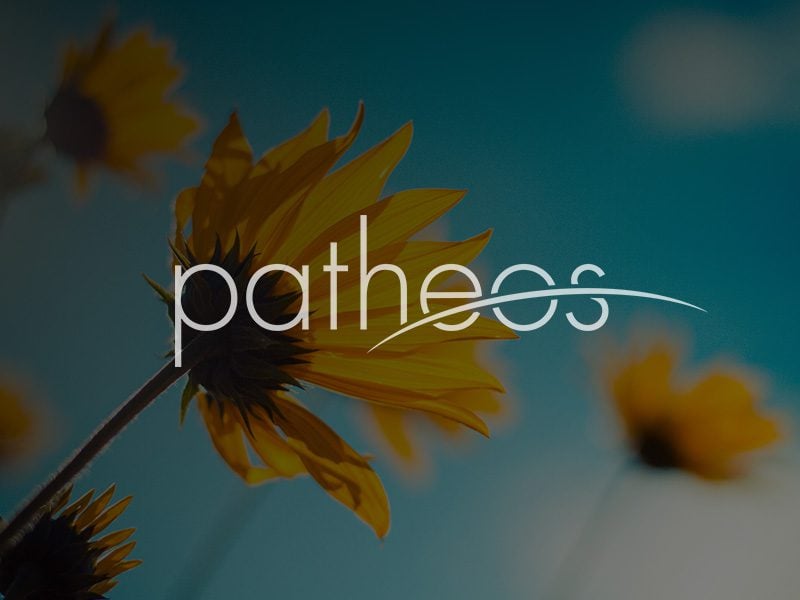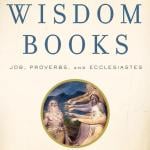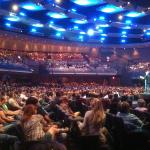David gives Solomon the “plan” (Heb. tabnit) for the temple. Unlike Moses, David doesn’t have to climb a mountain to get it (cf. Exodus 25:9, 40). It comes from “the spirit (ruach) with him” (1 Chronicles 28:12), and from a “writing” from the Lord that comes “by His hand upon me” (1 Chronicles 28:19). Apparently, we are to understand the ruach as Yahweh’s own who inspires David to produce a written plan (Mark Boda, 1-2 Chronicles). David’s tabnit comes from... Read more




















